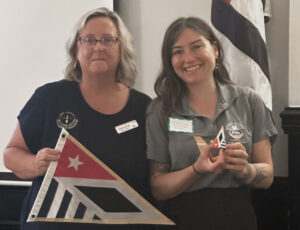News
About Swim Guide: all you need to know for safe swimming this summer!
Posted on May 27th, 2021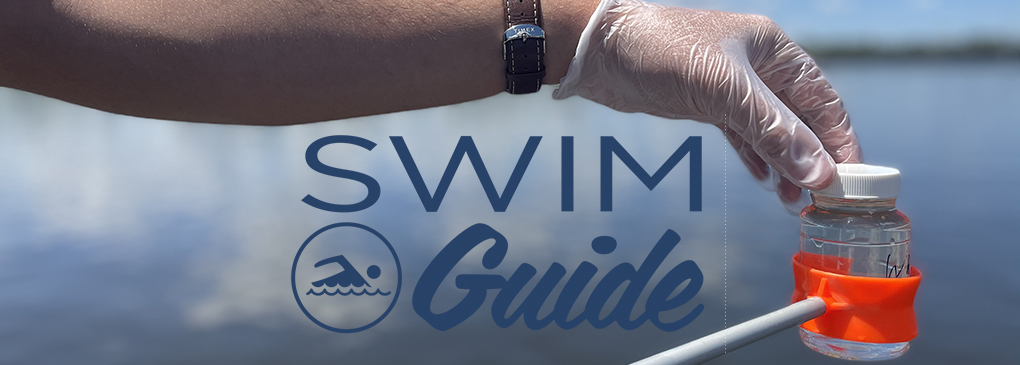
No one should ever have to swim in unsafe waters. But how can you tell if your local stream, river or lake is safe?
Swim Guide is a resource for North Carolina’s water lovers informed by water sampling by local waterkeeper organizations across the state, including Sound Rivers. From beaches to lakes to rivers, the Swim Guide is an online map that shows you areas that are safe for water recreation and those unsafe due to E. coli bacteria levels or pollution. Have a look at our map here!
Why Water Quality Is Important
In short: You should care if there is poop in your water. Let’s get real. Water contamination is largely from an overflow of human sewage facilities and runoff from farming activities. This happens due to decades of lack of regulations or slack enforcement.
Swim Guide provides water lovers with information about the safety of your local recreational water. Swim Guide water samples are collected from Memorial Day to Labor Day, analyzed for E. coli bacteria, and tested for basic water chemistry. Then results are posted online or in the app. Some waters are also tested for basic water chemistry like dissolved Oxygen, pH, and other water quality indicators.
Bacteria isn’t the only pollution that can ruin your trip to the beach. If you are concerned about water quality, litter, minor spills, or other problems, let us know using the pollution reporting tool in Swim Guide. This will alert your local waterkeepers of environmental issues that can be followed up on. For pollution emergencies, like major chemical or biological spills, call the 24-hour emergency response number at (800) 858-0368.
How Swim Guide Works
Polluted water can lead to thousands of waterborne illnesses. That’s why it’s important to have current and accurate data: to protect both water and people. If the water exceeds the federal safety standards. standards of safety. The water area is considered unsafe for recreation and noted with a red icon. However, if the water is safe, it is marked with a green icon, meaning it’s safe to use.
Green means the beach’s most recent test results met relevant water-quality standards.
Red means the beach’s most recent test results did not meet relevant water-quality standards.
Gray means water-quality information for the beach is too old (more than 7 days old) to be considered current, or that info is unavailable or unreliable.
Through the Swim Guide website and app, you can track your favorite spots and get directions to water areas in your community.
You can sign up for local alerts and get results by visiting our Swim Guide page or by texting “SWIM” to 33222 to get weekly results delivered to your phone. For alerts in Spanish, text “NADAR” to 33222.
Advocacy in Action
Water lovers need to know your water quality. This data is also used to bolster legislation and improve the regulation of our waterways. Sampling help identifies problem areas where work is needed to enhance the quality of water for the future.
Waterkeeper organizations in North Carolina collect and analyze water samples from some of the favorite recreational spots and post results in Swim Guide. If you’re traveling, you can find your local waterkeeper here.
Waterkeepers Carolina is working to improve legislation and enforcement to protect your water quality further.
- Polluters may find it easier to pay the fine than fix the problem. Current fines for sewage and pollution breaches are often far less than the cost of a long-term fix to the problem. Investing in infrastructure would solve some issues with water contamination, a solution waterkeepers support.
- Remove contamination sources from floodplains. Legislators should restrict siting and fund buyouts for industrial hog and poultry operations remaining in the 100-year floodplain. The swine farm buyout is a voluntary program that was established in the wake of Hurricane Floyd to remove swine farms from the 100-year floodplain
- Bolster funding for farmers to prevent contamination. Increasing state funding to help farmers reduce pollution in rivers and streams. TheAgricultural Cost Share Program (ASCP), the Agricultural Water Resource Assistance Program (AgWRAP) and Funding for the Community Conservation Assistance Program help farmers afford improvements such as new cattle fencing, riparian buffers and septic systems.
- Help homeowners fix failing septic systems. Restoring funding to the Waste Detection and Elimination (WaDE) program would help homeowners fix leaking and failing septic systems.
How Can You Support The Swim Guide?
- Donate! You can donate to support Sound Rivers here!
- Adopt a Swim Guide site! Pick a site from our list and make it yours for the summer. Your $25 will support water-quality testing all summer long!
- Share! Share the Swim Guide on your social media to let your community know how to assess water safety in their area.
- Become a Clean Water Warrior! Text WKC to (844) 956-1139 to get easy actions you can take from your phone to protect North Carolina’s waterways.
Related News
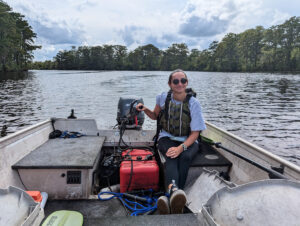
Riverkeeper monitoring Tar-Pamlico Water Trail
July 25th 2024

Rain ramps up trash-trap cleanouts
July 25th 2024

Riverkeeper, intern take on emergency trash trap cleanout
July 25th 2024

Tar-Pam Riverkeeper investigates Cub Creek turbidity
July 25th 2024
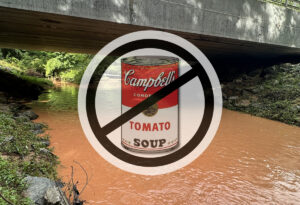
Heavy rains lead to sky-high turbidity on Lick Creek
July 25th 2024
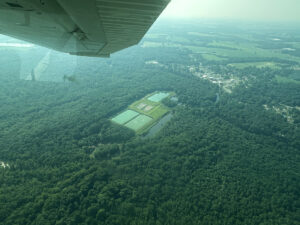
Riverkeeper: What goes up, must come down
July 18th 2024
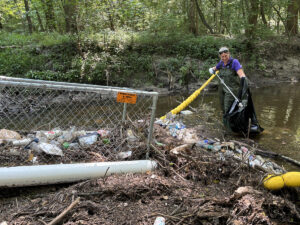
Greenville’s trash trap gets emergency cleanout
July 18th 2024

Sound Rivers gets close up of cyanobacteria
July 18th 2024
